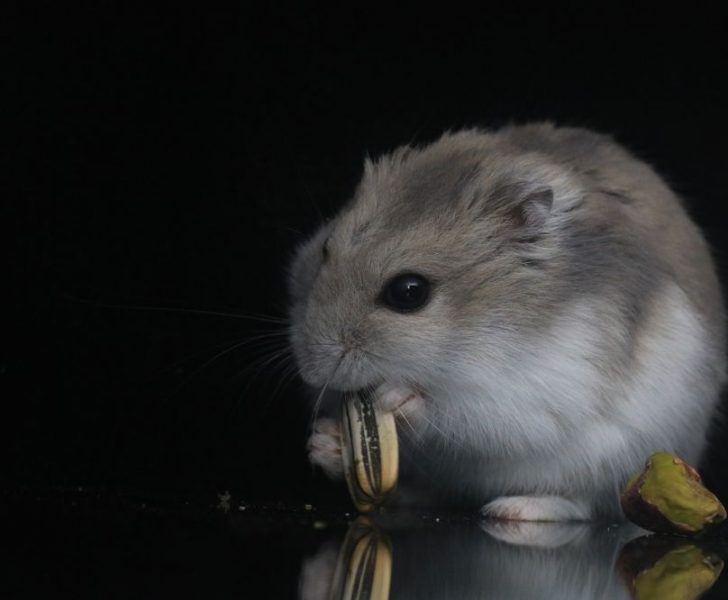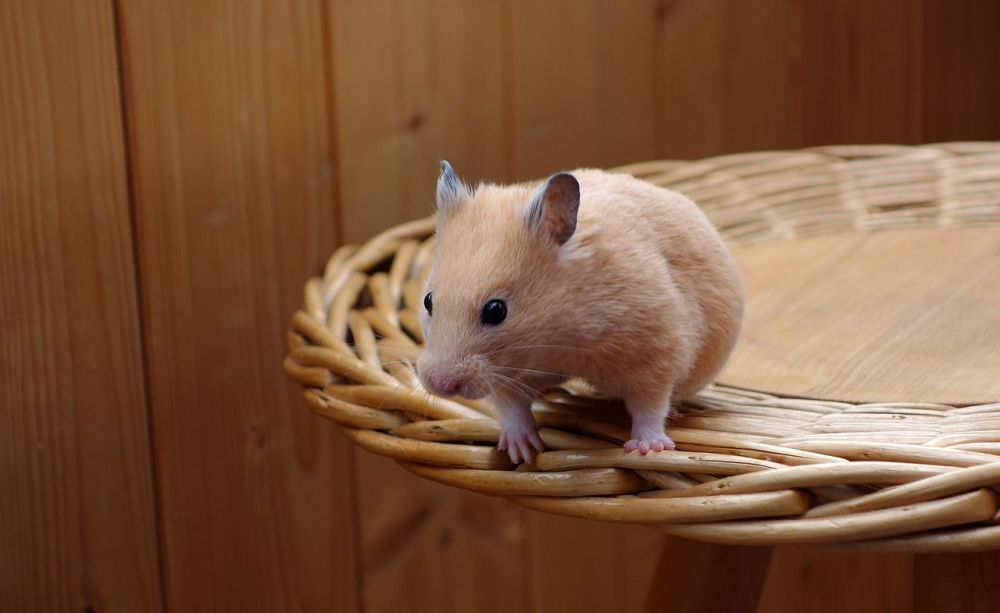Hamster Fat: A Comprehensive Overview

Introduction
Hamster fat, a widely discussed topic among hamster enthusiasts, plays a crucial role in the health and well-being of these adorable pets. In this article, we will provide a thorough and detailed insight into the world of hamster fat, covering its types, popularity, quantitative measurements, differences, and a historical perspective on the advantages and disadvantages associated with different hamster fats.
An Overview of Hamster Fat

Hamster fat, also known as adipose tissue, is a natural energy reserve found in hamsters and many other animals. Its primary function is to store excess calories in the form of energy-rich triglycerides. This stored fat is utilized by hamsters during periods of food scarcity or increased energy demands. Understanding the role of hamster fat is essential to ensure the well-being and overall health of these small creatures.
Types of Hamster Fat
There are two main types of hamster fat: white fat and brown fat. White fat, also called subcutaneous fat, is the most common and abundant type found in hamsters. It is typically stored beneath the skin and serves as a source of insulation and energy. Brown fat, on the other hand, is found primarily in newborn hamsters and acts as a thermogenic tissue, generating heat to maintain body temperature.
Popular Hamster Fat Choices
Among hamster owners, some popular choices for hamster fat include sunflower seeds, pumpkin seeds, flaxseeds, and other oil-rich foods. Sunflower seeds, in particular, are a favorite among hamsters due to their high fat content and delicious taste. However, it is important to provide these treats in moderation to prevent obesity and associated health issues.
Quantitative Measurements of Hamster Fat
To better understand the nutritional content of hamster fat, several quantitative measurements are worth considering. The fat content of hamster food is typically expressed as a percentage on the packaging. For example, a high-quality hamster food may contain around 10-15% fat, while treats could have a higher fat content, sometimes reaching up to 20%. Monitoring and controlling the amount of fat intake is crucial for maintaining the optimal weight and health of pet hamsters.
Differences Between Hamster Fats
While white and brown fat differ in terms of functionality, the nutritional composition of different hamster fats can also vary. Some fats are rich in omega-3 fatty acids, while others are high in saturated fats. It is important to choose hamster fats that provide a balanced nutritional profile, focusing on the quality and source of fat to prevent the development of health issues such as obesity, cardiovascular disease, and diabetes.
Historical Perspective on Hamster Fat
Over the years, hamster fat has been a subject of debate among hamster owners and enthusiasts. In the past, certain hamster fats were believed to be more beneficial for hamsters’ overall health, while others were considered less ideal due to their potential negative impact on weight and cardiovascular health. However, with growing knowledge and advancements in nutritional research, the focus has shifted towards providing a well-balanced diet that includes adequate amounts of healthy fats.
Conclusion
In conclusion, understanding the importance of hamster fat and its impact on the overall health of these small pets is crucial for responsible hamster ownership. By selecting the right types of hamster fat, monitoring the fat content in their diet, and ensuring a balanced nutritional profile, hamster owners can help their furry friends maintain a healthy weight and lead a happy and active life.
Remember, when it comes to hamster fat, moderation is key. By providing a variety of nutritious and tasty fats, you can ensure that your hamster receives the necessary energy boost without compromising their health. Whether it’s sunflower seeds, flaxseeds, or other sources of healthy fats, understanding the differences and making informed choices will help your hamster thrive.
So, next time you’re shopping for hamster treats, be mindful of the type and amount of fat they contain. Your hamster’s well-being is in your hands, and a balanced diet ensures a healthy and happy companion.











